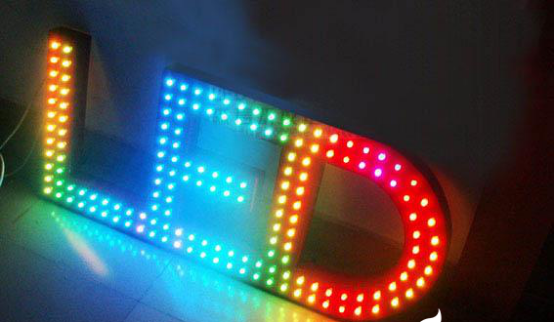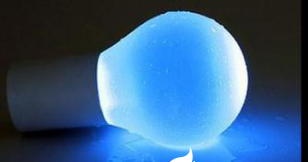What is the principle of LED lighting technology?
Semiconductor lighting is a brand-new lighting that is revolutionary and updated. Compared with the previous traditional lighting, it has many advantages, of course, there are also deficiencies. Historical and dialectical views should be used to analyze the analysis vertically and horizontally, which will help to better understand LEDs and allow LED lighting to develop better.
Semiconductor lighting can be divided into LED lighting, OLED lighting and LED laser lighting. At present, the absolute dominant position is blue chip white LED lighting, OLED lighting has also appeared in many exhibitions, and LED laser lighting has begun to show its technical advantages in automotive lighting. This mainly involves LED lighting technology and related content.

Principles and characteristics of LED lighting technology
As the third milestone of lighting and the fourth-generation light source, the blue chip white LED has the principle of majority carrier "hole" in P-type semiconductor and majority electron "electron" in N-type semiconductor. Under the action of the applied electric field, the electron crosses the PN junction barrier between the two and enters the PN junction region and the other region. In this process, the "hole" and "electron" recombine, releasing energy to emit blue light, and the blue light is emitted by the encapsulation layer and emits light The powder absorbs and the phosphor converts to emit red-green light. The red-green light and the blue light transmitted from the phosphor encapsulation layer form the red, green, and blue primary colors. The light is mixed into white light at various points in the space.
The LED light source is a solid-state semiconductor electronic luminescence, which belongs to a special non-linear positive resistance, which makes it can light up and work normally without a current stabilizer etc. below the rated operating point. However, when it is overloaded above the rated operating point, the positive resistance becomes smaller and smaller, and tends to 0 resistance. Its voltage and current relationship changes dramatically, resulting in small power supply voltage fluctuations, which will greatly increase the current, so it needs to be commonly known as Drive power to limit and stabilize the operating current. Light efficiency is one of the most important indicators of LED. The light efficiency is from the first few Lm/W in the 1990s to 303 Lm/W in 2015, and its electro-optical conversion efficiency has reached as high as 44.5%, which means 44.5% of electric energy It can be converted into visible light energy, which is 30 times that of conventional incandescent lamps, 4.5 times that of ordinary fluorescent lamps, and about 3 times that of high-end rare earth fluorescent lamps, high-pressure sodium lamps and metal halide lamps.

In addition, because LEDs are electronic devices, their normal service life is very long. Generally, the life of high-power LEDs is 50,000 hours, and the life of low-power LEDs is even as long as 80,000 to 100,000 hours. The low LED voltage makes it easy to combine, and can be completely integrated with the electronic drive circuit and control circuit. Compared with the control device of the traditional gas discharge light source, its principle makes the drive circuit structure greatly optimized, and the reliability and life are greatly improved. The control circuit and intelligence are extremely convenient, which truly opens a new era of revolutionary lighting and intelligent lighting.
Without LED, there can be no real development of intelligent lighting and visible light communication. In addition, although there is a blue peak in the spectrum of the LED, it covers the entire visible spectrum, and it is much more continuous and smooth than the spectrum of the three primary color fluorescent lamps and energy-saving lamps in traditional lighting. However, low LED voltage is both an advantage and a disadvantage.
First of all, the low voltage can be combined into a variety of voltage and current application forms, resulting in a wide variety of terminal product specifications, resulting in increased difficulty in large-scale production, increased production costs, and at the same time makes standardization and standardization difficult.
Second, mainstream LEDs have inherent defects of uneven spatial distribution of luminosity and chromaticity, making it more difficult to improve light quality.
Third, the advantages of LEDs with small light-emitting points and high brightness for display technology have become more prominent shortcomings in lighting, glare, glare and even photobiological safety.
If you want to know more, our website has product specifications for LED lighting technology, you can go to ALLICDATA ELECTRONICS LIMITED to get more information

